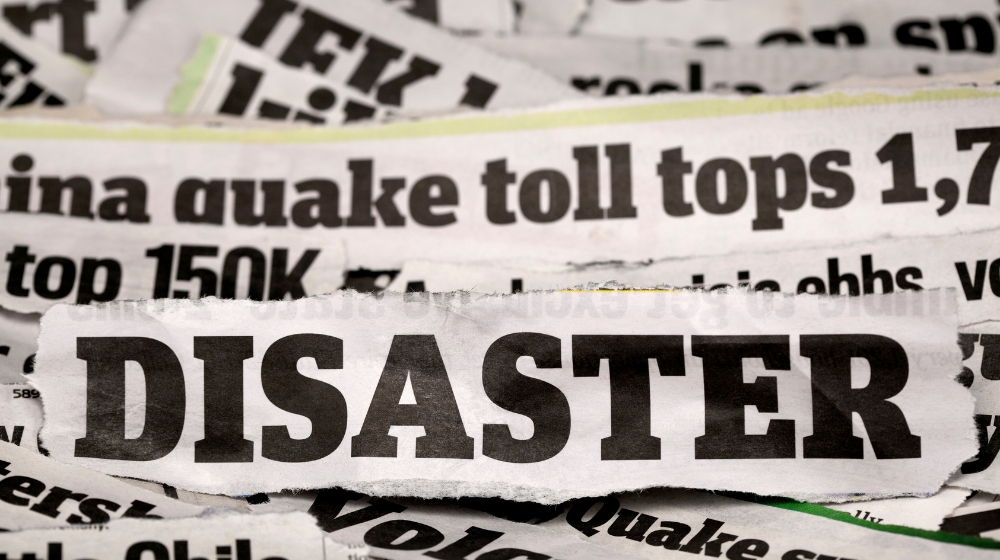At FEMA, disaster response is guided by a philosophy that recognizes an emergency response life cycle, consisting of five key phases: prevention, mitigation, preparedness, response, and recovery. For businesses looking to collaborate with FEMA during disaster response and recovery, there are several steps to ensure you’re ready to help when needed. Here’s how you can prepare:
1. Register with SAM.gov
- Mandatory Registration: To do business with the Federal government, including FEMA, you must register with SAM.gov.
- Disaster Response Registry: During your registration, indicate your interest in the Disaster Response Registry and submit the required details.
- Learn More: Visit SAM.gov for more information.
2. Engage with FEMA’s Industry Liaison Program
- Vendor Profile Form: Although not mandatory for bidding, submitting a Vendor Profile Form can showcase your company’s capabilities to support FEMA’s mission.
- Purpose and Benefits: This form helps FEMA understand the market capabilities based on geographic areas and fosters communication within its Industry Liaison Program.
- Additional Info: Visit FEMA.gov.
3. Keep an Eye on Contracting Opportunities
- Procurement Process: FEMA works through the federal procurement process, so regularly monitoring contracting sites is essential.
- FEMA’s Website: Learn how to see and respond to FEMA’s solicitations through their website.
- Focus on Local: Whenever practical, FEMA prioritizes contracting with businesses local to the affected areas.
4. Familiarize Yourself with FEMA’s Disaster Response Lifecycle
- FEMA’s disaster response strategy follows four key phases: mitigation, preparedness, response, and recovery.
5. Understand Immediate Needs Post-Disaster
- Post-disaster scenarios demand a swift supply of essential services and items, including but not limited to temporary housing, debris clearance, infrastructure repair, and supplies like medical kits, generators, and hygiene kits.
Top Commodities for Disaster Situations
Before you begin the contracting process with FEMA, review this list of most-requested disaster-related commodities to identify where your contributions can be most impactful:
- Infant/Toddler Products
- Durable Medical Equipment Kits
- Consumable Medical Supplies Kits
- Plastic Sheeting
- Tarps
- Blankets
- Comfort/Hygiene Kits
- Water and Meals
- Forklift Rentals and Cargo Vans
- Security Guard Services
- Generators and Cots
- Office and Field Equipment like Joint Field Office Kits and Leased Copiers
- Portable Toilets, Sign Language Services, and Temporary Labor
- Janitorial Services and More
By following these steps, companies can effectively position themselves to assist in FEMA’s disaster response efforts and make a meaningful impact during times of need.








